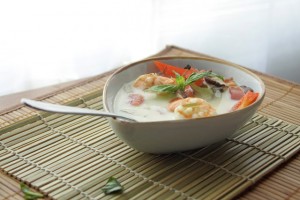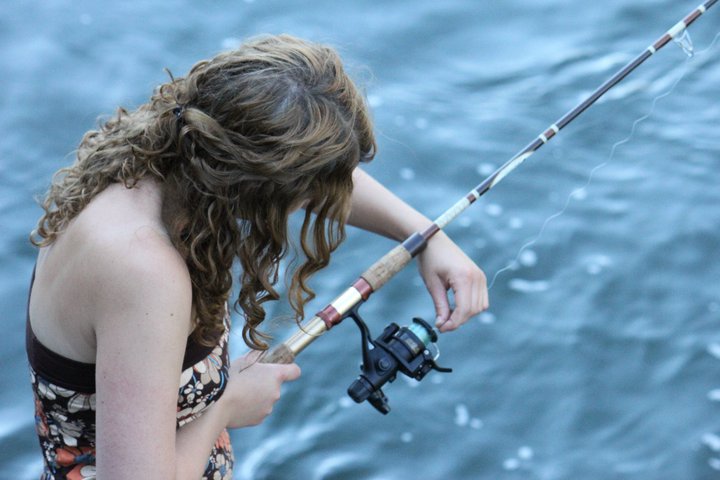 This is how it goes: I’m writing up a recipe for a delicious Thai soup with shrimp, and find that I don’t know whether the shrimp I used came from an ethical source. I feel fairly certain it is, because it came from our local food co-op.
This is how it goes: I’m writing up a recipe for a delicious Thai soup with shrimp, and find that I don’t know whether the shrimp I used came from an ethical source. I feel fairly certain it is, because it came from our local food co-op.
Ours is a very small co-op and the product committee does a good job of filling the shelves with the best stuff for the best value. I like that we don’t have a huge variety of products to choose from… I feel safe in the assumption that the one brand of pickles we have is the best brand. But is it?
Truthfully the best pickles are probably the ones made in my kitchen. But I digress…
What I mean to talk about is seafood, even though we hardly ever eat it at our house. In landlocked Montana the fresh stuff is impossible to get, and it’s so hard to know whether your fish is coming from a sustainable source (unless you catch it yourself, which we sometimes do and if you can I recommend it!) I’d like to eat more fish, but as it is we’ve got some fish oil supplements and sometimes spring for stuff from the co-op. Truth is it doesn’t take a whole lot of smoked salmon or wild-caught shrimp to liven up a dish. Especially in a soup; it only takes a few shrimp per serving for this recipe.
I just had a look at the bag and our shrimp comes from a company called Ocean Garden. I didn’t see the sustainable seafood symbol (certified by the Marine Stewardship Council) on the bag, so I looked to the internet for more information.
It’s a tricky business figuring out what you’ve got and whether or not it’s sustainable. The answer depends not only on how the stuff was obtained but the region the it comes from, which is usually not be the same as where it’s packaged and distributed. You’re not likely to find much of that information on the package. And even then you can’t be sure; one study from consumer reports found that 20 to 25% of seafood around the world is mislabeled.
If you really want to know, you’ll have to do a bit of digging. Googling “sustainable shrimp” or “sustainable seafood” brings up thousands of links. Here’s some of what I found:
This blogger wrote a great post for concerned consumers looking for good shrimp.
This site gives an overview of the methods of catching and farming shrimp and points you in the direction of finding sustainable shrimp sources.
This article details the environmental impacts of shrimp production and the shortcomings of labeling and certification programs.
Ocean Garden’s website told me they package mainly wild caught and farmed shrimp from Mexico. According to the Monterey Bay Seafood Watch, shrimp from Mexico farmed in open systems are on the red list of seafood to avoid. What I thought was a good option may be one of the worst, but I’m still not sure so I sent them a quick email asking about their specific methods of obtaining shrimp.
I’ll let you know if and when I get a reply. In the meantime, what can we do? Until we have certification and labeling we can trust, be wary of your seafood purchases. If you’re not sure and your grocery store can’t tell you, consult the Monterey Bay Seafood Watch (there’s an app for it!) And know that eating less of it is an environmentally conscious choice.
Oh, and get a fishing license. 🙂

Photo credit: Jess Mostad
